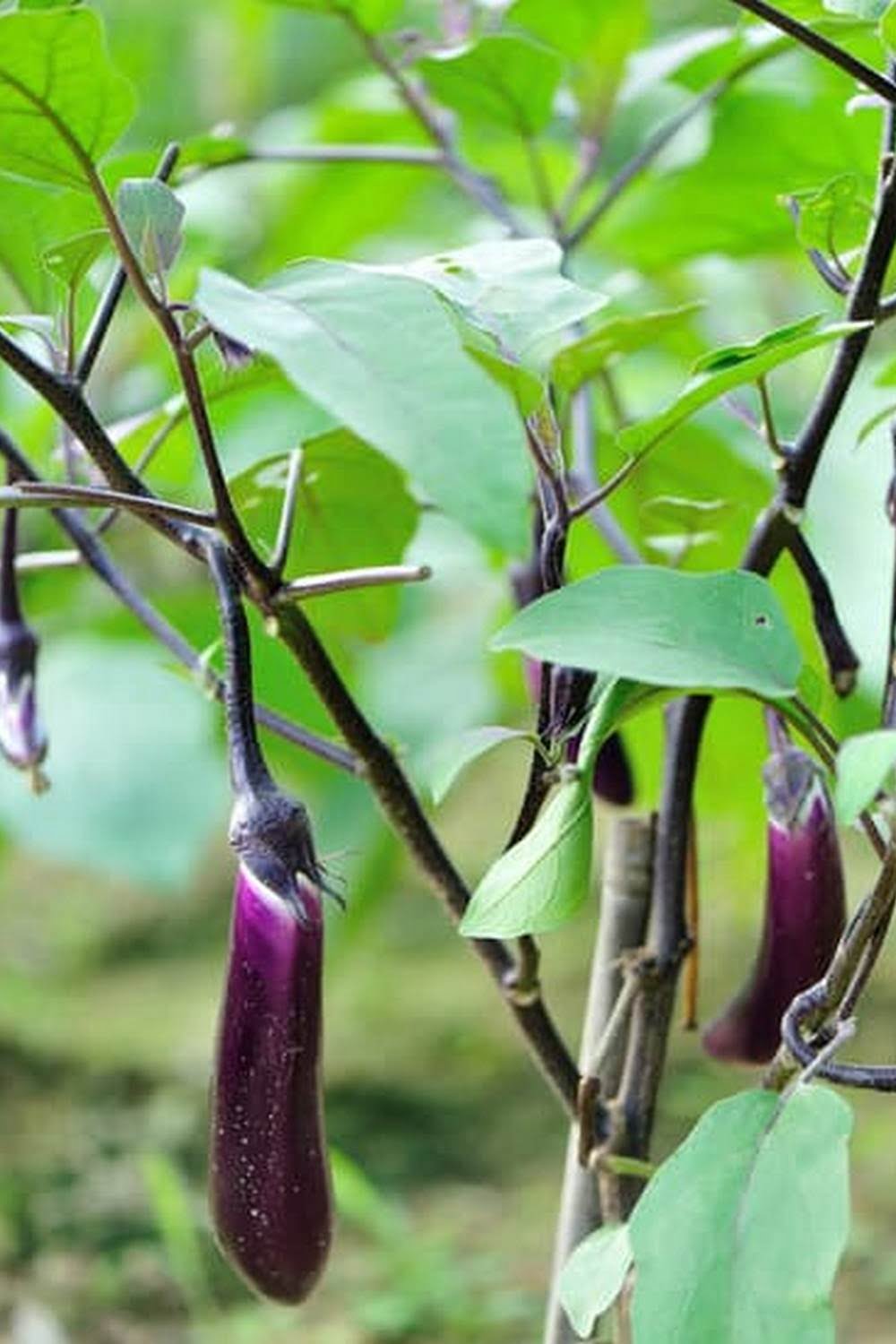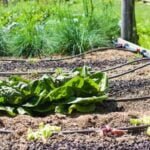Raised Vegetable Garden Planter
Boxes
A vegetable garden is a great way to provide your family with fresh, nutritious produce, and it can be a fun hobby, too. If you don’t have a lot of space to garden, or if you want to get a head start on the growing season, you can create a raised vegetable garden. Raised vegetable garden boxes are easy to make and they’re a great way to get the most out of your gardening space.
There are a few things to consider before you start building your raised vegetable garden boxes. The first is the type of soil you’ll be using. You’ll want to use a soil that is rich in organic matter and that has good drainage. You can buy soil or you can create your own by mixing organic matter, such as compost, with soil from your yard.
The next thing to consider is the size of your raised vegetable garden boxes. You’ll want to make sure that the boxes are big enough to accommodate the plants you want to grow. The boxes should be at least 12 inches deep and 18 inches wide.
Once you’ve decided on the size and type of soil for your raised vegetable garden boxes, it’s time to start building them. You can build the boxes out of lumber or cinder blocks. If you choose to use lumber, make sure to use untreated wood, such as cedar or pine. If you choose to use cinder blocks, make sure to use a non-toxic sealant to prevent the blocks from leaching harmful chemicals into the soil.
Once you’ve built your raised vegetable garden boxes, it’s time to start planting! You can plant vegetables straight into the soil, or you can use grow bags or containers. Be sure to read the labels on the plants to find out how deep to plant them.
A raised vegetable garden is a great way to get the most out of your gardening space. It’s easy to build and it’s a great way to grow healthy, nutritious vegetables.
The Vegetable Garden Planting Schedule
The best time to plant a vegetable garden is determined by the vegetables you are planting and your climate. You will need to consider the average last frost date in your area to determine the best time to start planting your vegetables.
The following planting schedule is a general guide for planting vegetables in a home garden.
Early Spring:
Lettuce, spinach, peas, radishes, carrots
Mid Spring:
Tomatoes, peppers, eggplant, beans, cucumbers
Late Spring:
Zucchini, yellow squash, pumpkins, melons
Summer:
Beets, broccoli, cabbage, cauliflower, kale
Fall:
Turnips, potatoes, sweet potatoes, pumpkins
You can find more specific information on planting schedules for your region by visiting your local Cooperative Extension office or searching online.
Timeline For Planting A Vegetable Garden
The best time to plant a vegetable garden is typically in the spring, when the weather is warming up and the soil is thawed. However, there are some vegetables that can be planted in the fall as well.
To get started, you’ll need to pick out a spot in your yard that gets plenty of sunlight. You’ll also want to make sure the soil is fertile and has good drainage. If the soil is too sandy or clay-like, you can amend it with compost or other organic matter.
Once you’ve selected a spot, it’s time to start planting! The following is a timeline of what to plant when:
March-April: Plant early season vegetables like lettuce, peas, and spinach.
May-June: Plant vegetables like tomatoes, cucumbers, and peppers.
July-August: Plant vegetables like beans, zucchini, and corn.
September-October: Plant vegetables like broccoli, cauliflower, and kale.
If you’re planting a fall garden, you can still plant some vegetables like lettuce and peas, but you’ll also want to add in some root vegetables like carrots and beets.
Now that you know when to plant your vegetables, it’s time to get started!
Should You Add Plant Food To Your Vegetable Garden
?
The answer to this question is a resounding “maybe.” The main reason you would want to add plant food to your vegetable garden is to provide your plants with the nutrients they need to grow big and strong. However, if your soil is rich in nutrients, you may not need to add any additional food.
One way to determine whether or not your soil is rich in nutrients is to have it tested. A soil test will tell you how much phosphorus, potassium, and nitrogen your soil contains. If your soil is low in any of these nutrients, you may need to add plant food in order to help your plants grow properly.
Another thing to consider when deciding whether or not to add plant food to your garden is the type of plants you are growing. Some plants, like tomatoes, require more nitrogen than others. If you are growing a variety of plants in your garden, you may need to add plant food to accommodate the different needs of each plant.
Ultimately, the decision of whether or not to add plant food to your garden depends on a number of factors. If you are unsure whether or not your soil is rich in nutrients, or if you are growing a variety of plants, it is a good idea to add plant food to your garden.
Vegetable Garden Beneficial Plants
There are many plants that are beneficial to vegetable gardens. Some of these plants act as pest deterrents, while others improve the soil or provide essential nutrients to the plants. Adding these plants to your garden can help improve the overall health and productivity of your garden.
Some of the best pest deterrent plants to add to your garden include lavender, rosemary, and thyme. These plants release strong aromas that pests find unpleasant, helping to keep them away from your vegetables. Other beneficial plants that improve soil health include clover and alfalfa. These plants are known for their ability to fix nitrogen in the soil, providing essential nutrients to the plants.
Adding a variety of beneficial plants to your garden can help improve the overall health and productivity of your garden. By using these plants as pest deterrents and soil improvers, you can help keep your vegetables healthy and productive.

If you’re looking to get into vegetable gardening, or are just looking for some tips on how to make your current garden better, then you’ve come to the right place! My name is Ethel and I have been gardening for years. In this blog, I’m going to share with you some of my best tips on how to create a successful vegetable garden.





